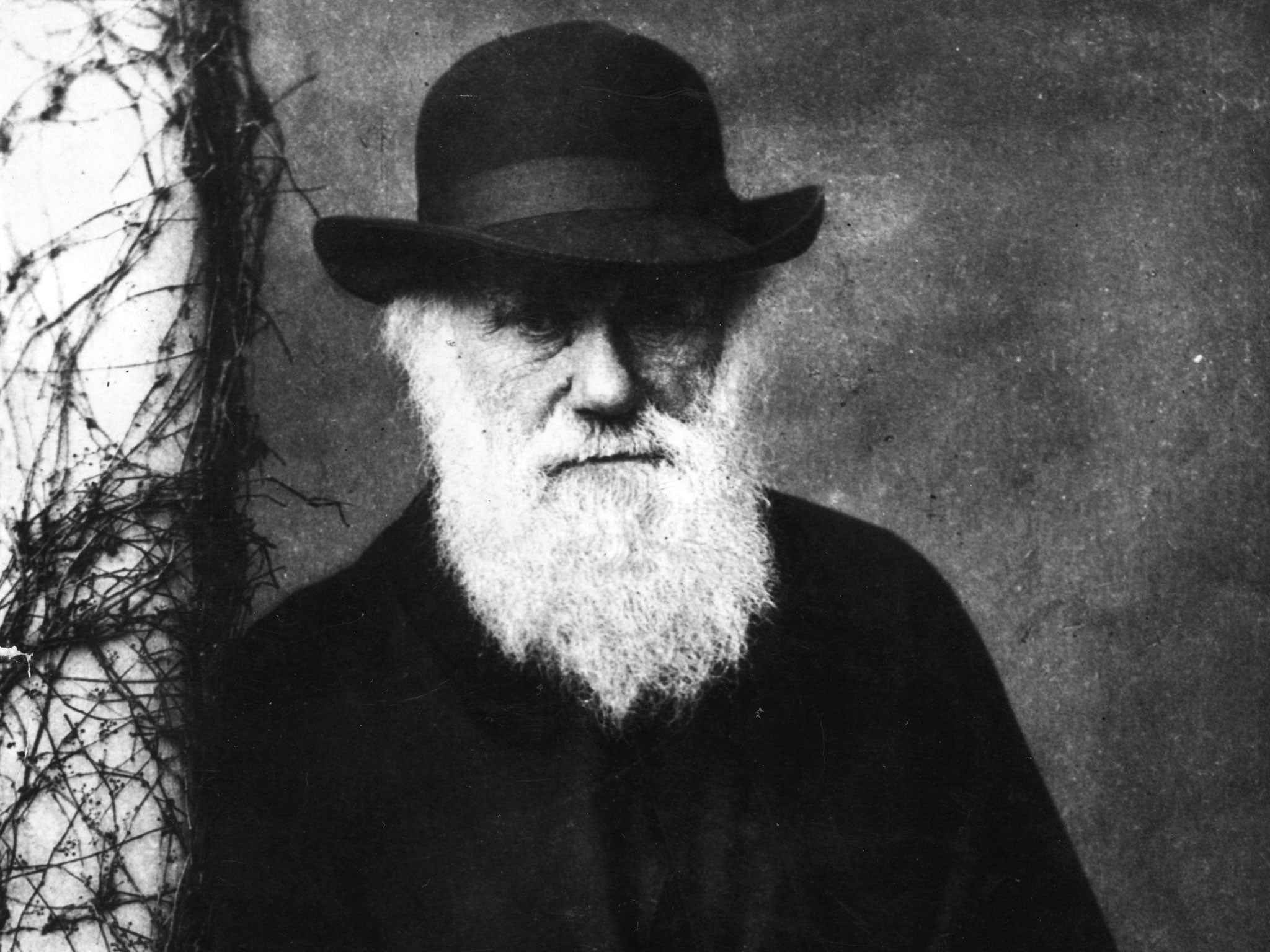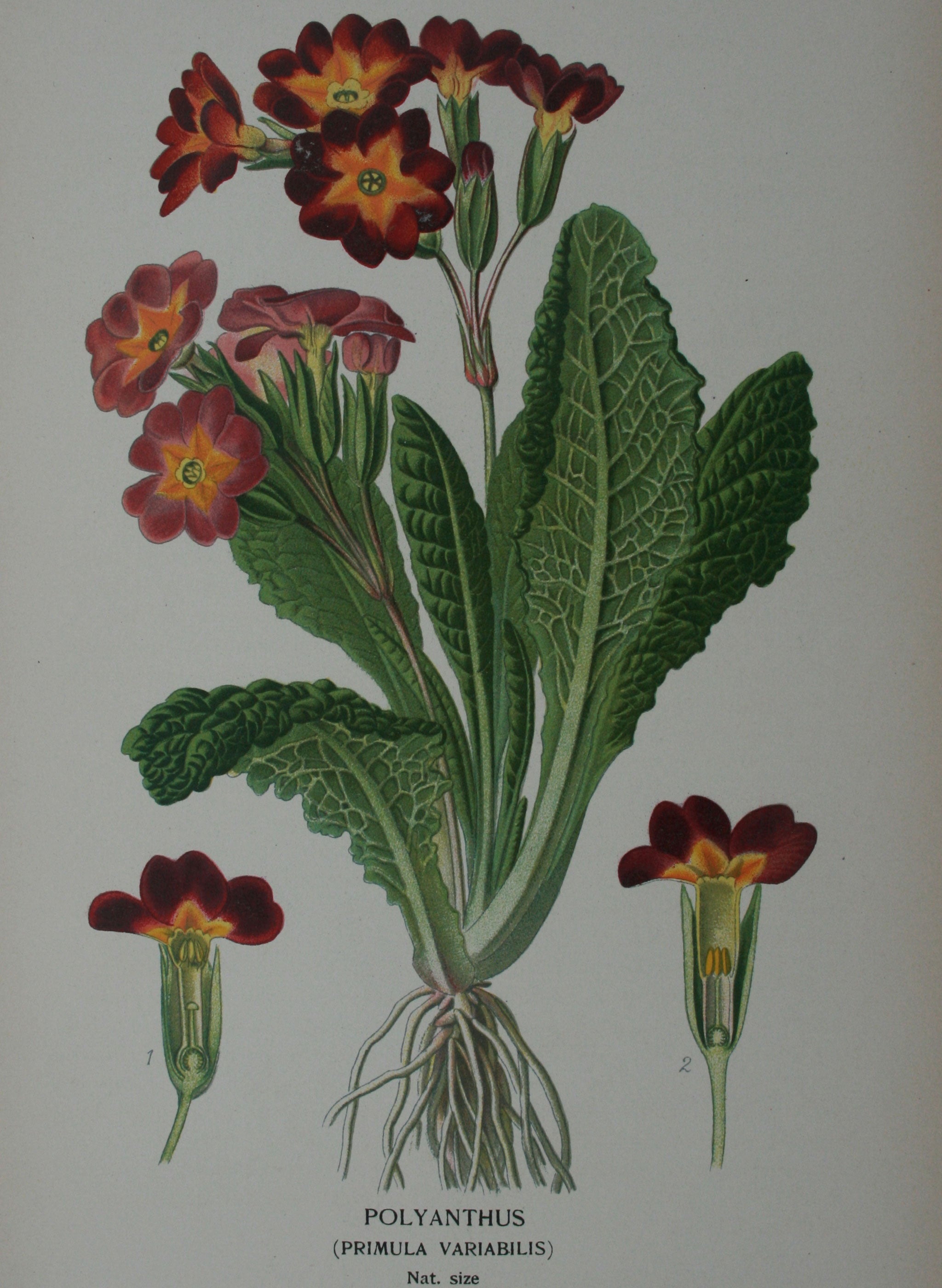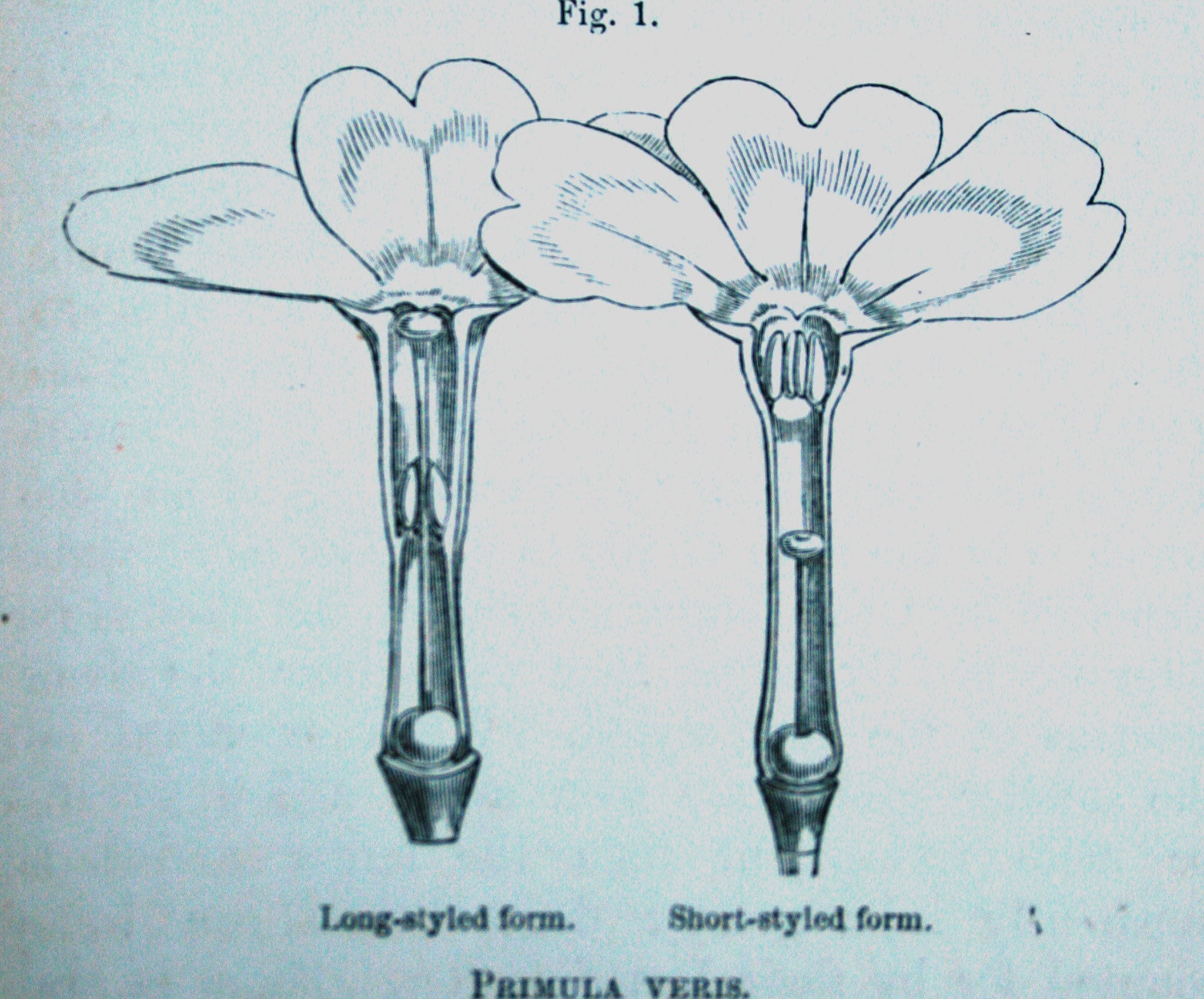Charles Darwin's genius revealed again as study shows his insight into sexual behaviour of the primrose was correct
Herbalists and engravers had known the flowers came in two forms since the 16th century, but no one knew why ... until Darwin

Your support helps us to tell the story
From reproductive rights to climate change to Big Tech, The Independent is on the ground when the story is developing. Whether it's investigating the financials of Elon Musk's pro-Trump PAC or producing our latest documentary, 'The A Word', which shines a light on the American women fighting for reproductive rights, we know how important it is to parse out the facts from the messaging.
At such a critical moment in US history, we need reporters on the ground. Your donation allows us to keep sending journalists to speak to both sides of the story.
The Independent is trusted by Americans across the entire political spectrum. And unlike many other quality news outlets, we choose not to lock Americans out of our reporting and analysis with paywalls. We believe quality journalism should be available to everyone, paid for by those who can afford it.
Your support makes all the difference.It was, by his own account, the most satisfying discovery of his long and distinguished career. Now a study has revealed just how brilliant was the insight of Charles Darwin into the sexual behaviour of the primrose.
A trawl through the archives has found that no fewer than seven people before Darwin had also made the same observations of the unusual arrangement of sex organs in the flowers of primroses, but it was Darwin who first came up with the correct scientific explanation.
Primroses, cowslips and a variety of other plants exhibit two or three distinct forms of flowers based on the position of the male and female sex organs – the male filaments and anthers and the female stigma and style.
The phenomenon, known as “heterostyly”, is now understood to prevent pollinating insects from fertilising flowers of the same type. This promotes cross-pollination between unrelated plants.
Darwin may not have been first to document heterostyly, as a study published on 10 June explains, but he was the first to suggest the correct explanation, and the first to test the idea empirically with experiments conducted on primroses growing in his own back garden.

Heterostyly occurs when flowers have two or three anatomical forms. If two, they are either the “pin” form, where the female stigma and style are greatly elongated and the male anthers are shortened, or the “thrum” type, where the female parts are shortened and the male organs are extended.
Darwin is credited with discovering the phenomenon and, more importantly, working out why it exists – to promote “intercrossing” or cross-pollination between individual plants and so generate the variation that drives natural selection and evolution.
However, an extensive search through the botanical archives has shown that Darwin was far from being the first to notice the pin and thrum flowers of plants such as the primrose and cowslip – in fact, several herbalists and engravers had made similar observations going back to the 16th century.
Some of the most detailed drawings of pin and thrum primroses were made in the late 18th century, 70 years or so before Darwin first published his thoughts on heterostyly when he read a paper on it at meeting of the Linnean Society in London in 1861, according to Philip Gilmartin, a molecular biologist at the University of East Anglia in Norwich.
“It’s clear that there were additional observations made in the records without anybody realising the significance,” Dr Gilmartin said. “I found that seven people in total had documented the two forms of the primrose flower before Darwin, but when he first published on this he didn’t realise that anybody else had observed it.”

Dr Gilmartin found that the pin and thrum forms of the primrose were clearly illustrated for instance in a book called Flora Londinensis by William Curtis, an English botanist, and published in the late 1700s.
“Going right back to the 16th century, much of the documentation was in the form of ‘herbals’ – descriptions of plants put together for medicinal purposes,” he said. “These sorts of texts would sometimes also hold information about their magical powers and legends associated with them ... What is striking is the amazing clarity and detail captured by the early engravers,.”
Yet, despite so many early herbalists and botanists knowing that there were two distinct types of primrose flower, none could offer the correct explanation – until Darwin.
“He observed a biological phenomenon that others had seen and not explained. But it was not enough for him just to see it – he wanted to explain it, too. So he grew the plants, protected them from insect pollinators and did the cross-pollination experiments to prove his point. It shows the genius of Darwin.”
Botanists now know that nature goes to extreme lengths to prevent self-pollination in hermaphrodite flowers that possess both male and female sex organs. However, heterostyly is a method of actively promoting outbreeding between unrelated plants of the same species, which generates variation in the offspring – the fuel that powers natural selection.
It was a fine example of the kind of biological adaptation described in Darwin’s seminal book, On the Origin of Species by Means of Natural Selection”, first published in 1859.
Darwin himself was pleased with his discovery of heterostyly, writing in 1876: “I do not think anything in my scientific life has given me so much satisfaction as making out the meaning of the structure of heterostyled flowers.”
Join our commenting forum
Join thought-provoking conversations, follow other Independent readers and see their replies
Comments